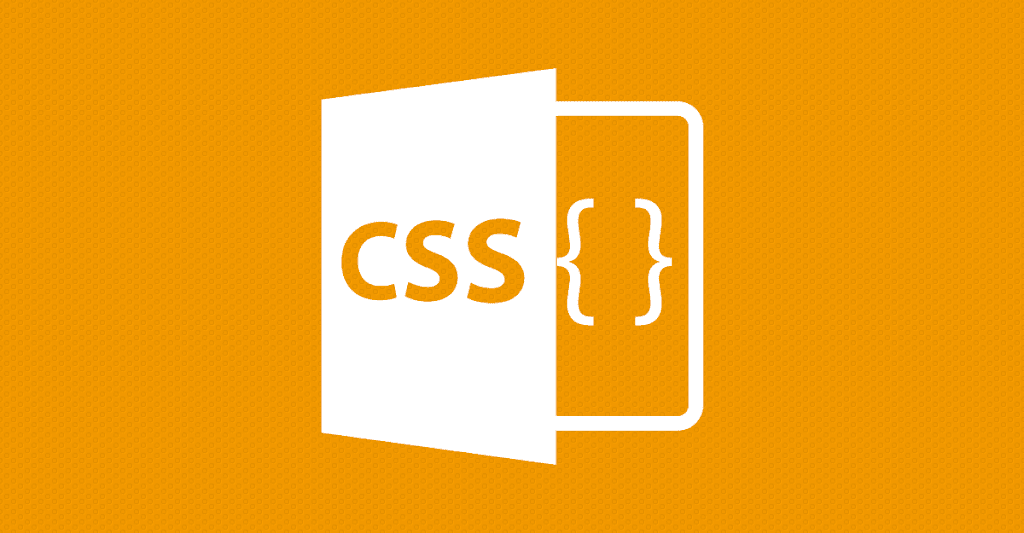What is CSS ?
Cascading style sheets (CSS) is a Standard language that describes the formatting of markup language pages. CSS defines formatting for the following document types:
• hypertext Markup Language (HTML)
• Extensible Hypertext Markup Language (XHTML)
• Extensible Markup Language (XML)
• Scalable Vector Graphic (SVG)
• XML User Interface Language (XUL)
CSS enables developers to split content and visible factors for extra page manipulate and flexibility. A CSS document is normally connected to an HTML file by using a link in the HTML document.
In December 1998, the world huge internet consortium (w3c) posted the first CSS specification (CSS1). This was accompanied by means of CSS level 2 (CSS2), and CSS 2, revision 1 (CSS2.1)
More Explanation :
Html document formatting became tedious and complex before CSS due to built-in Html style attributes. Mainly, styled tags required distinctive and repetitious descriptions of the subsequent factors:
• Font colors
• Background styles
• Element alignments
• Borders
• Sizes
CSS structurally defines elements for headings (h1), sub-headings (h2), sub-sub-headings (h3), and so on. Detail alternatives are to be had for font, colors, emphasis, length/size, and so on.
CSS allows developers to transport styling factors to a separate HTML place for smooth markup. For instance, if a developer wanted to trade the font for all h2 headings in an HTML file, a single change might be made to the attached CSS record. If no CSS report changed into attached, the developer might should exchange the font choice for every h2 heading in the fundamental HTML file.



